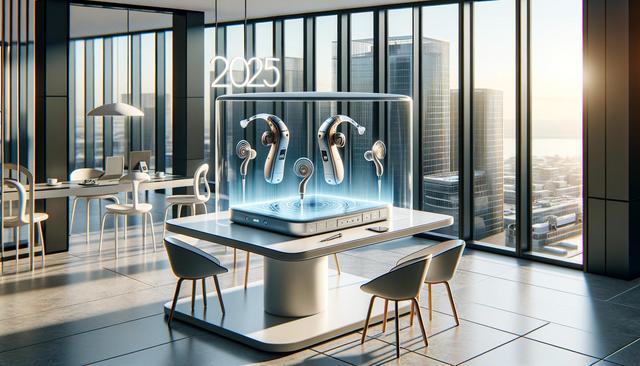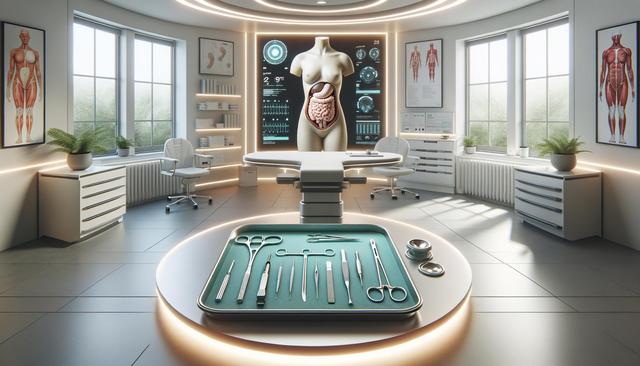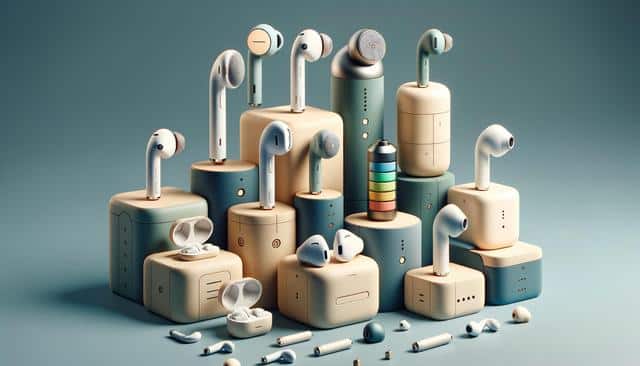
Explore the Latest Hearing Solutions for 2025
Smaller, Smarter, and More Comfortable Devices
One of the most noticeable trends in hearing solutions for 2025 is the continued move toward more compact and discreet devices. Technological improvements have made it possible to pack advanced features into smaller designs, resulting in hearing aids and assistive devices that are not only more powerful but also more comfortable to wear. These devices are designed to fit seamlessly into daily life, with many models now resembling wireless earbuds rather than traditional hearing aids.
Modern hearing aids now feature:
- Ultra-lightweight materials for all-day wear
- Ergonomic earpieces shaped for a natural fit
- Nearly invisible in-ear options
- All-day battery life, with some offering wireless charging cases
This focus on comfort and subtle design means users are more likely to wear their hearing aids consistently, leading to better outcomes and improved quality of life.
Enhanced Sound Processing with AI Integration
Artificial Intelligence (AI) continues to play a significant role in the development of hearing technology. In 2025, many hearing solutions feature built-in AI that helps devices adapt to the user’s environment in real time. This means clearer conversations in noisy places, automatic volume adjustments, and improved sound clarity without the need for manual settings.
Key AI-powered features include:
- Noise filtering that distinguishes speech from background sounds
- Automatic scene detection (e.g., restaurant, outdoors, home)
- Personalized sound profiles based on user preferences
- Learning algorithms that improve performance over time
Such advancements not only enhance hearing but also reduce listening effort, making daily interactions less tiring and more enjoyable.
Wireless Connectivity and Smart Integration
Modern hearing solutions in 2025 are no longer standalone devices. They connect wirelessly to smartphones, TVs, computers, and even smart home systems. This level of integration allows users to stream audio directly to their hearing aids and control settings through mobile apps or voice commands.
Popular wireless features include:
- Bluetooth connectivity for media streaming
- Remote adjustments via smartphone apps
- Integration with virtual assistants for hands-free control
- Telehealth compatibility for remote consultations and tuning
These features offer convenience and control, especially for those who want to manage their hearing experience in real-time without frequent visits to a specialist.
Personalized Hearing Experiences
In 2025, personalization has become a cornerstone of hearing care. Devices are now capable of fine-tuning audio settings based on individual hearing tests, lifestyle, and user feedback. Many hearing aids come with features that allow users to adjust tone, volume, and directional focus through intuitive apps.
Key personalization options include:
- Custom sound environments for specific locations
- User-adjustable settings for music, speech, and ambient noise
- Biometric sensors for activity and health tracking
- Real-time hearing insights and usage statistics
This tailored approach not only improves the effectiveness of hearing aids but also empowers individuals to take control of their hearing health in a way that suits their personal routines and preferences.
Accessibility and Affordability Improvements
Access to quality hearing technology has also improved in 2025. With more manufacturers entering the market and direct-to-consumer models gaining traction, users now have a wider range of choices at different price points. Innovations in production and distribution have made it easier for more people to obtain and maintain their hearing devices.
Notable changes in accessibility include:
- Online hearing assessments for initial diagnosis
- Subscription-based models for device ownership and maintenance
- Expanded insurance coverage and public health programs
- Affordable over-the-counter options for mild to moderate hearing loss
These developments are helping to close the gap in hearing care, allowing more people to benefit from modern solutions regardless of their financial situation or geographic location.
Conclusion: Embracing a New Era of Hearing Support
The innovations in hearing solutions for 2025 reflect a shift toward more user-friendly, adaptable, and inclusive technology. Whether you’re looking for discreet wear, smarter sound processing, wireless convenience, or a more personalized experience, there’s likely an option that fits your needs. With continued progress in affordability and access, more individuals can now enjoy the benefits of improved hearing health and a fuller, more connected life. Staying informed about these evolving solutions can help you or your loved ones make confident choices in managing hearing challenges effectively.


